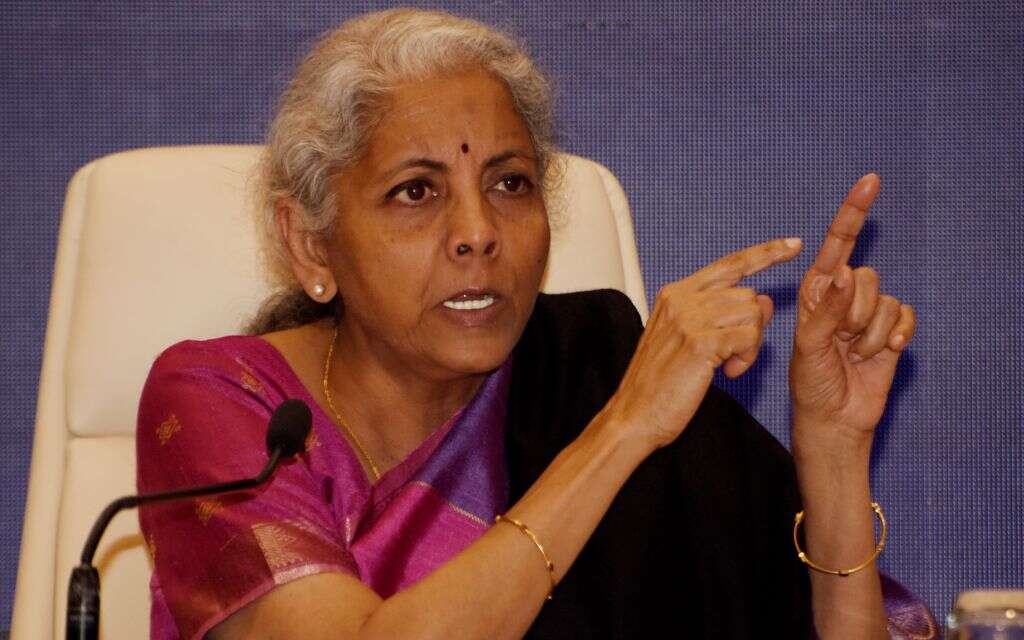

- Failure to act could lead to a 44% increase in carbon emissions by 2030.
- The success of India’s first sovereign green bond at the end of January and a flurry of sustainable finance announcements signal a shift towards green growth.
- Coal mine closures and a push for renewable energy have created opportunities for green financing.
India’s central bank has estimated the country would have to spend Rs85.6trn ($1.1trn) to adapt to climate change by 2030. This came in a new report, Towards a Greener Cleaner India, published at the beginning of May.
“Central banks as financial regulators have several policy instruments at their disposal to influence investment decisions and the allocation of resources and credit to achieve the sustainability targets,” the report says, emphasising the role of disclosure requirements, environmental risk management and the proportion of total assets invested in sustainable projects.
Action is needed now. The central bank estimates that doing nothing means India’s carbon emissions could rise from 2.7 gigatonnes in 2021 to hit 3.9 gigatonnes by 2030. A balanced policy intervention could lower carbon emissions to 0.9 gigatonnes by 2030.
The beginning of the year saw what Nick Robins, professor in practice for sustainable finance at the London School of Economics and Political Science, calls a “flurry of sustainable finance announcements”.
In India’s budget at the beginning of February, finance minister Nirmala Sitharaman drew a line in the sand on climate.
“To spur a movement for environmentally conscious lifestyle, India is moving firmly [towards…] net zero carbon emissions by 2070, usher in green industrial and economic transition. This budget builds on our focus on green growth,” she said.
At the same time, the Securities and Exchange Board of India (SEBI) revised the disclosure requirements for green debt and strengthened the framework for sustainable issuance by clarifying regulations surrounding blue bonds and so-called yellow bonds, bonds issued by the solar industry.
This is also the first year the country’s largest corporates will be obliged to publish a business responsibility and sustainability report (BRSR) and, since April, issuers of green debt securities have had to appoint third-party providers to keep an eye on proceeds post-issuance.
Overshadowed by Adani
India has not been a great market so far for sustainable issuance. The frequent controversies over the Adani Group have overshadowed India’s sustainability efforts. The world’s largest private developer of fossil fuels, which had considerable government support, hit the headlines earlier this year after a devastating report from US short-seller Hindenburg Research in January.
ESG bond issuance in India last year dropped from $7.8bn in 2021 to $2.7bn, thanks to market uncertainty, with rupee-denominated debt a fraction of that, down to $190.8m equivalent from $309.7m. ESG loans were better, though still not major. Last year saw $5.2bn up from $4.4bn in 2021, according to Refinitiv. Indeed, up to the end of April this year, only 63 green bonds had ever been issued in India.
Nonetheless, at the end of January, India sold its first sovereign green bond, a combined Rs80bn ($980m) of five and 10-year paper split equally. Demand was so significant – an oversubscription of four times – that the two tranches were able to price at 7.1% and 7.29%, each of them six basis points inside where conventional bonds were trading.
Proceeds have been earmarked for solar, wind and water projects as well as green hydrogen, metro lines and reforestation.
“The sovereign green issuance has a significant signalling effect,” says Neha Kumar, head of South Asia programmes at London-based Climate Bonds Initiative (CBI), a non-profit organisation.
It does seem to have helped. At the end of March, Mumbai-based public sector bank State Bank of India (SBI), the country’s largest bank, completed an upsized $1bn social loan led by MUFG and Taipei Fubon Commercial Bank. It was the second-largest social loan globally.
SBI follows in the footsteps of Indian financial group HDFC, the country’s first specialised mortgage company, which in September last year, signed the world’s largest social loan to help provide affordable housing.
The funds will be used by the bank to finance social projects such as affordable housing and lending to microfinance organisations.
Climate: A more serious approach
There has been a sense that 2023 is taking matters more seriously.
In the offshore market, over the past month state-owned REC, which finances and promotes power projects across the country, has sold a $750m five-year green bond, and ReNew Energy Global, the country’s largest renewable energy company, reopened India’s high-yield market with a $400m 3.25-year green bond.
But there is also a sense that the onshore market is waking up too. In the budget announced in February, Sitharaman promised to invest $4.3bn in green technology. The initial focus will be on solar power from the Himalayan region of Ladakh and green hydrogen production. India aims to develop 500 GW of renewable energy capacity by 2030.
This is expected to be a much-needed spur to capacity. In February, Fitch Ratings pointed out that as of January, all types of sustainable bonds made up only 3.8% of the country’s corporate bond market.
Conglomerate Reliance Industries has committed to investing $80.6bn in renewables in Gujarat over the next 10–15 years. Most of this will go towards a new 100-gigawatt renewable energy power station and to developing green hydrogen.
More will follow. In mid-May, the union secretary for coal Amrit Lal Meena said that India will see around 30 coal mines close over the next three to four years. Speaking on the sidelines of the G20 summit in Mumbai, he also pointed out that demand for power was expected to continue to increase until 2040.
The demand for green funding is certainly there. The Reserve Bank of India estimates that green financing requirements could be 2.5% of GDP “to address the infrastructure gap caused by climate events”. But until there is an internationally harmonised taxonomy, as it says, development could remain slow.
[Read more: HDFC’s $1.1bn deal: An Indian oasis in the social loan desert]





